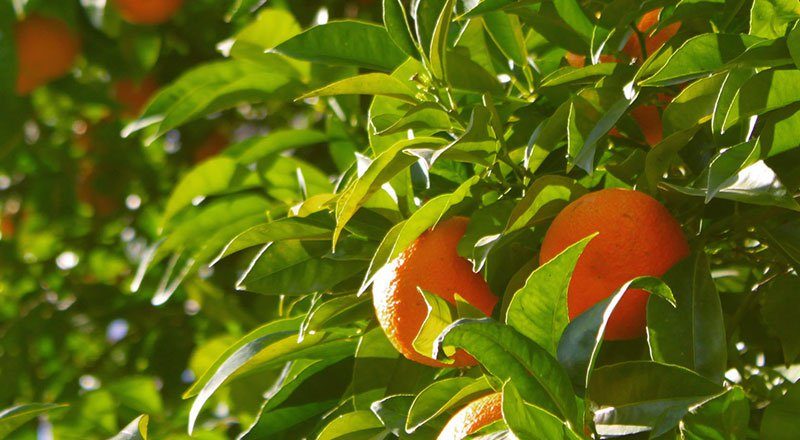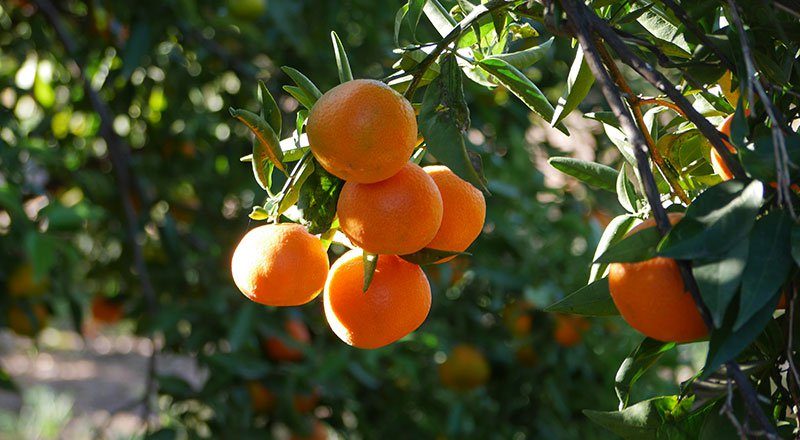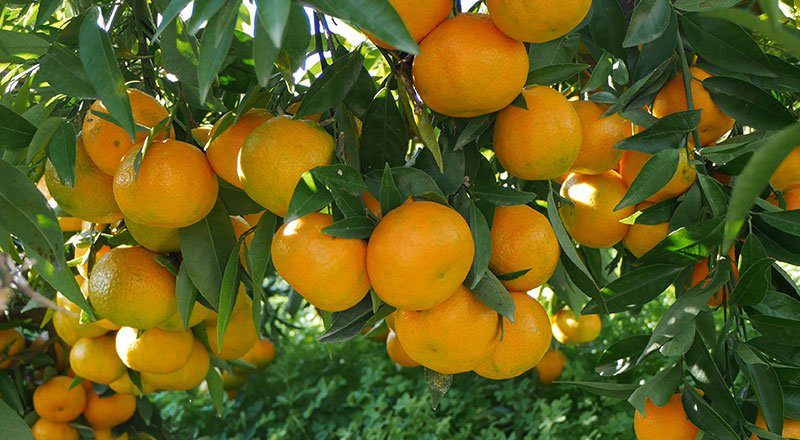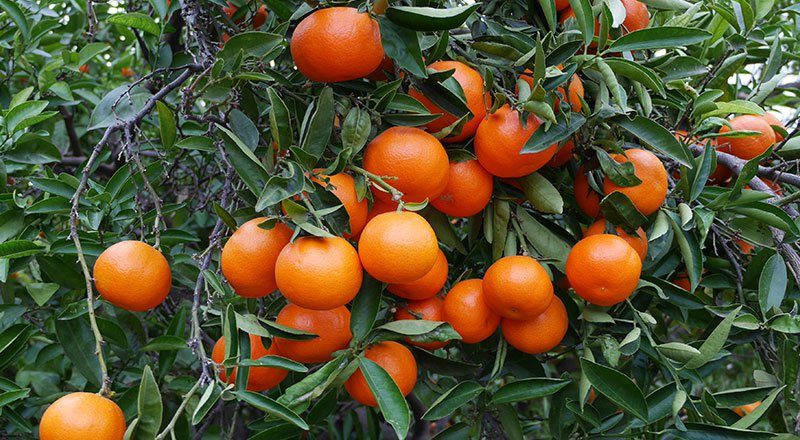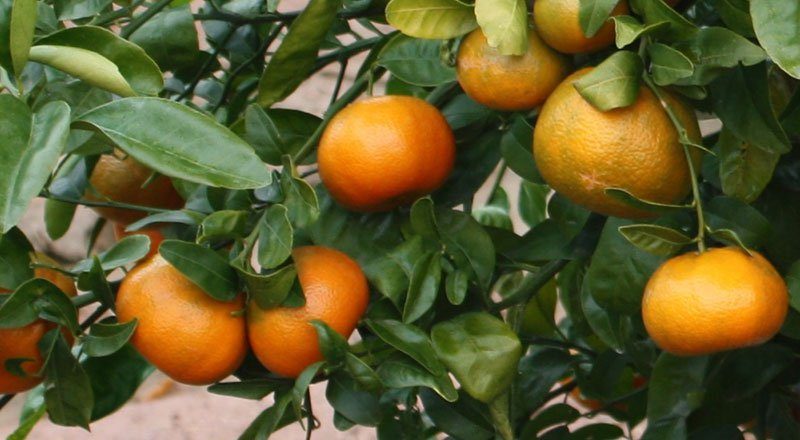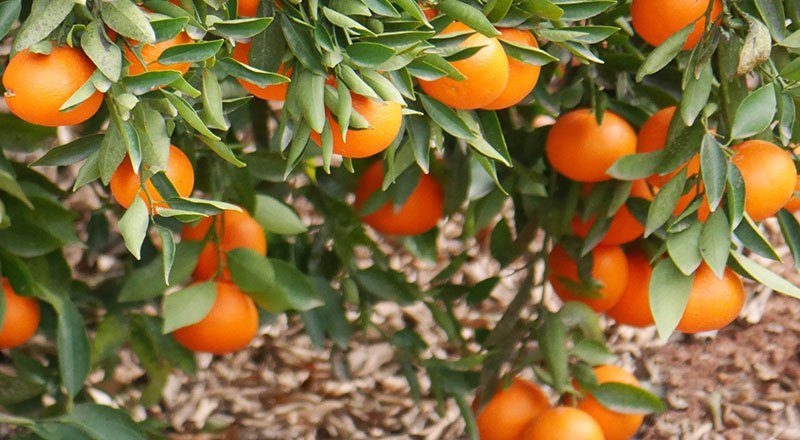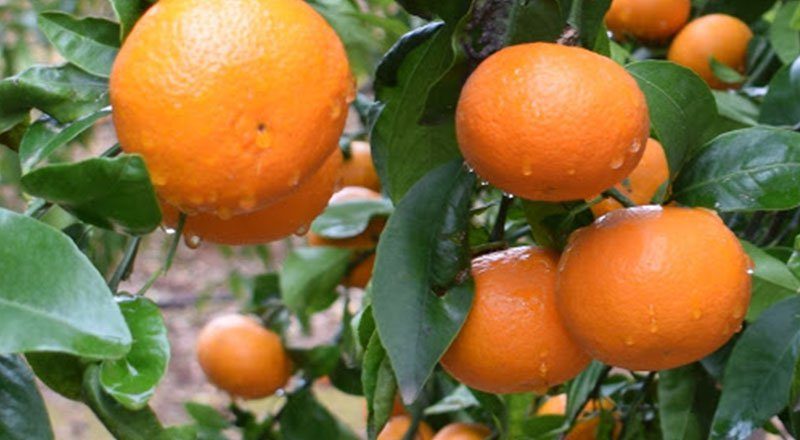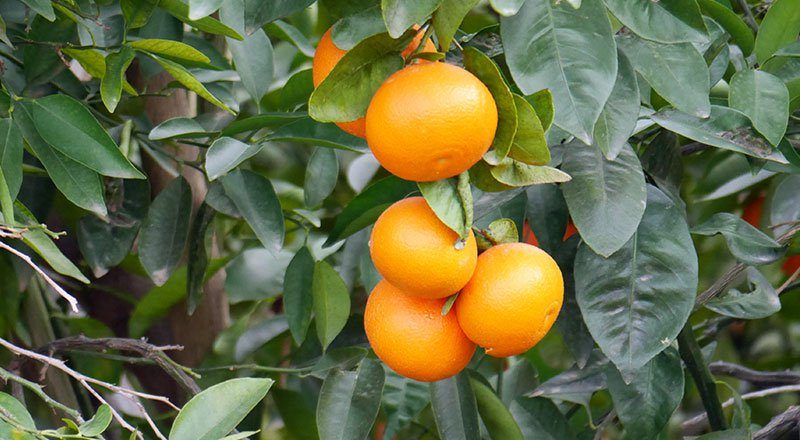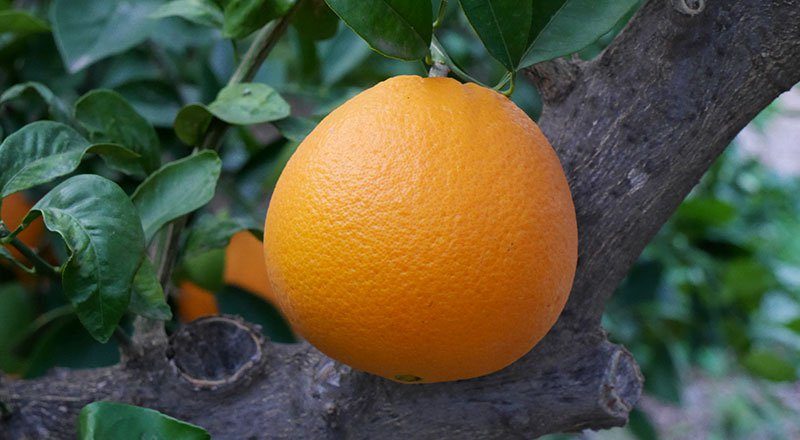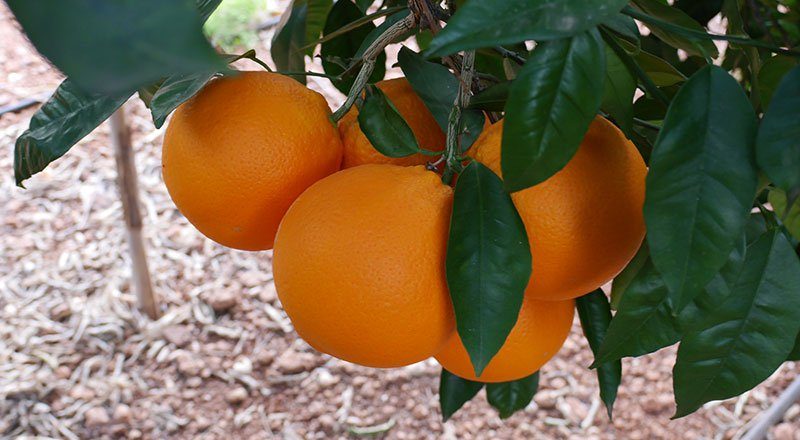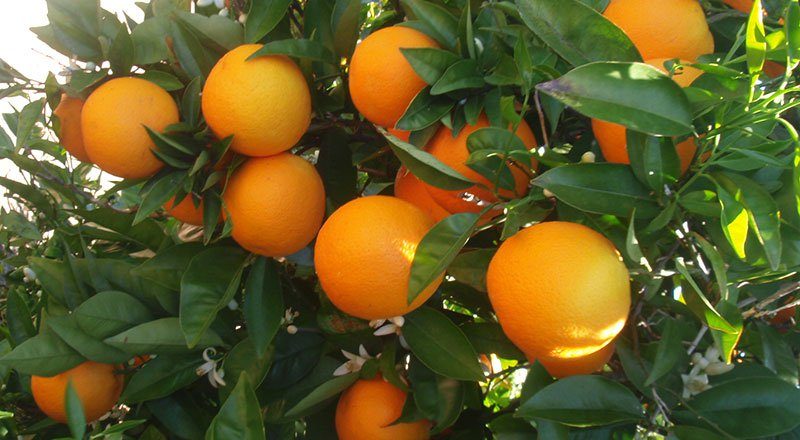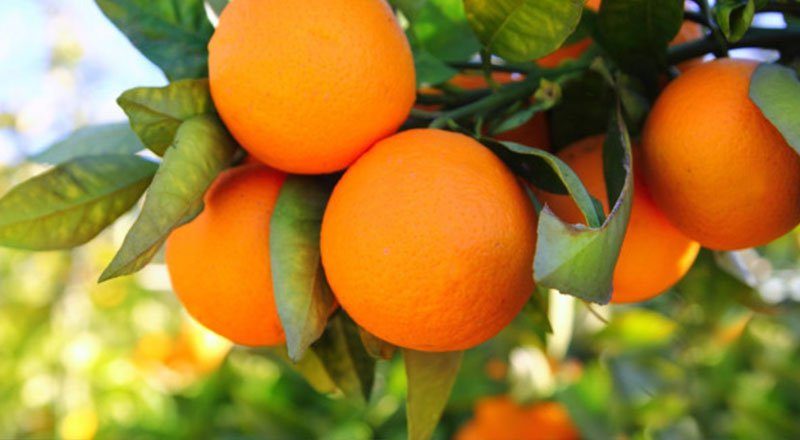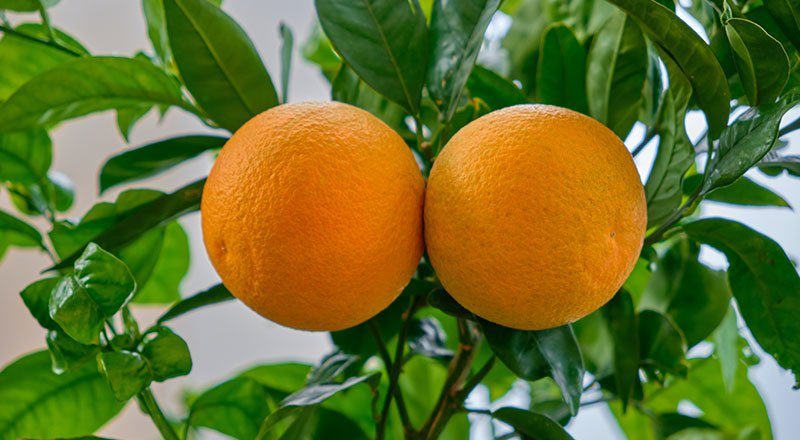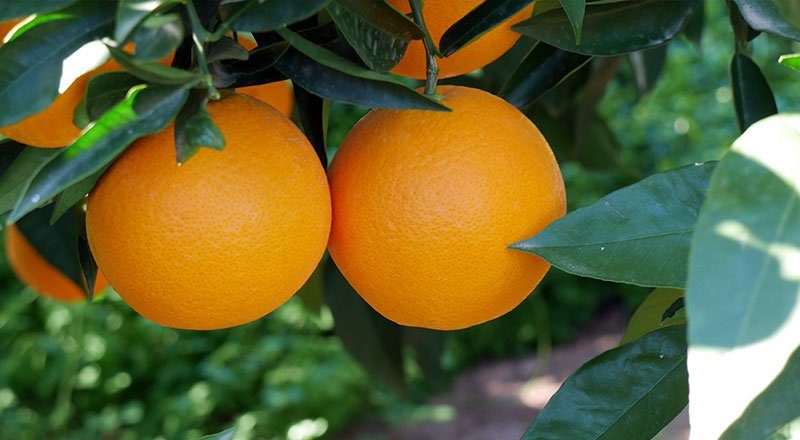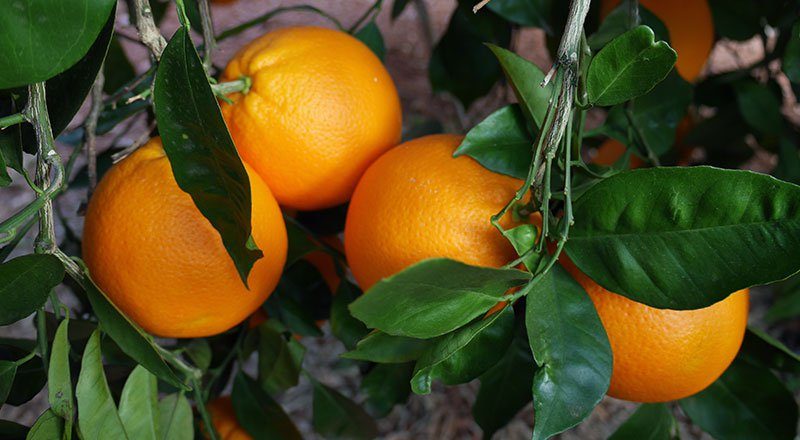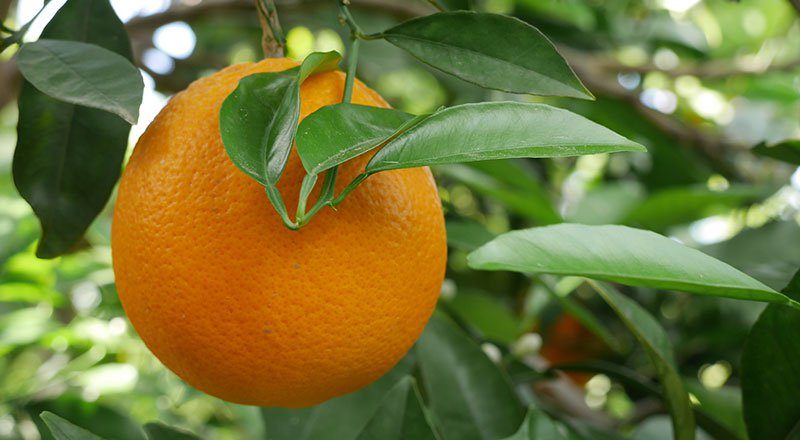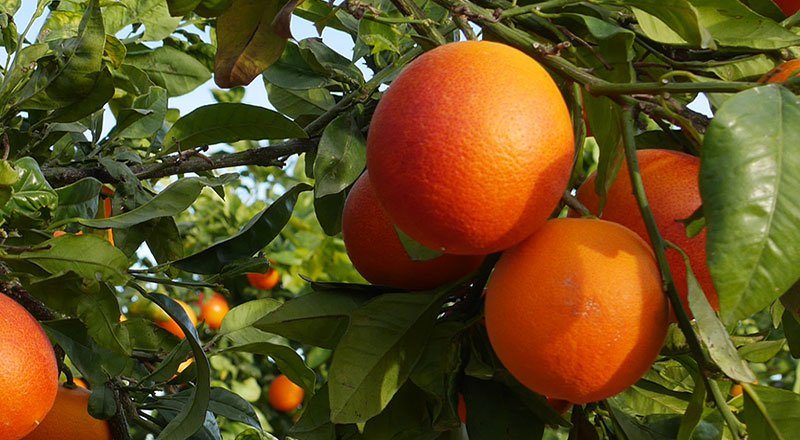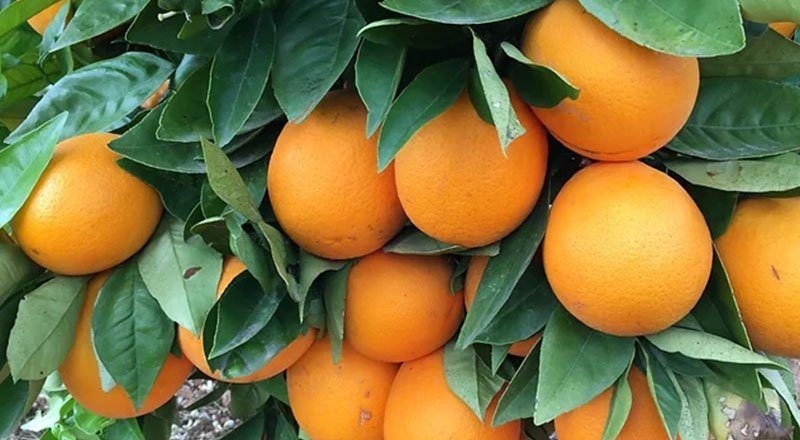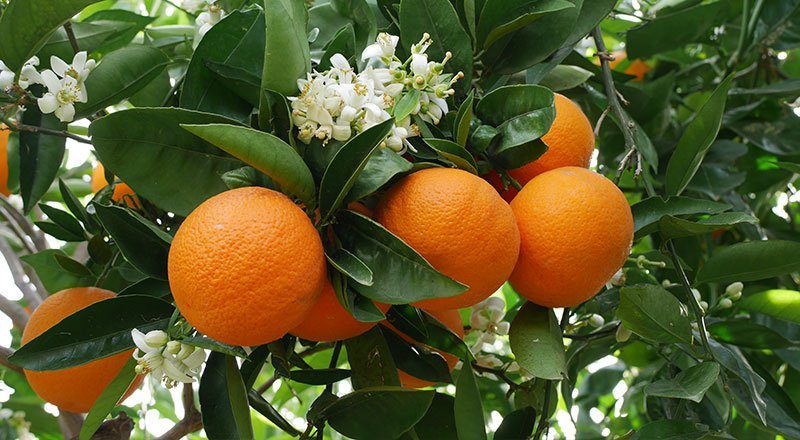Clementines and tangerines
Oranges
Harvest calendars
Clementines and tangerines
August
Aug
September
Sep
October
Oct
November
Nov
December
Dec
January
Jan
February
Feb
March
Mar
April
Apr
May
May
June
Jun
July
Jul
Clementine Clemenrubi
Clementine Orogrós
Clementina Clemenules
Mandarin Clemenvilla
Clementine Tang Gold
Clementine Nadorcott
Mandarin Orri
Mandarin Ortanique
Oranges
August
Aug
September
Sep
October
Oct
November
Nov
December
Dec
January
Jan
February
Feb
March
Mar
April
Apr
May
May
June
Jun
July
Jul
Navel M7
Navelina
Navel Foyos
Navel Cara Cara
Sanguinelli
Salustiana
Navelate
Lane Late
Navel Powell
Chislett
Barberina
Valencia Late
